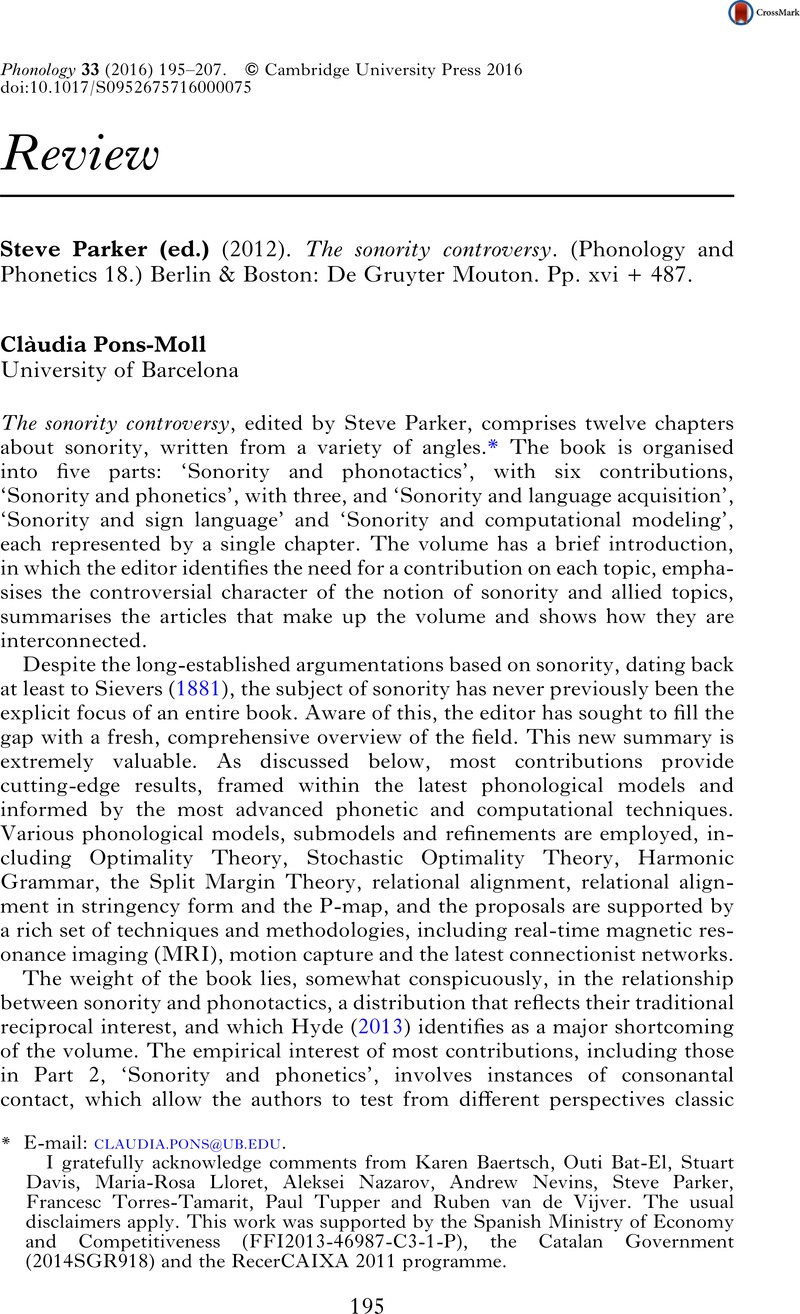Crossref Citations
This article has been cited by the following publications. This list is generated based on data provided by Crossref.
Berent, Iris
and
Platt, Melanie
2022.
Is Phonology Embodied? Evidence from Mechanical Stimulation.
Journal of Psycholinguistic Research,
Vol. 51,
Issue. 3,
p.
597.



